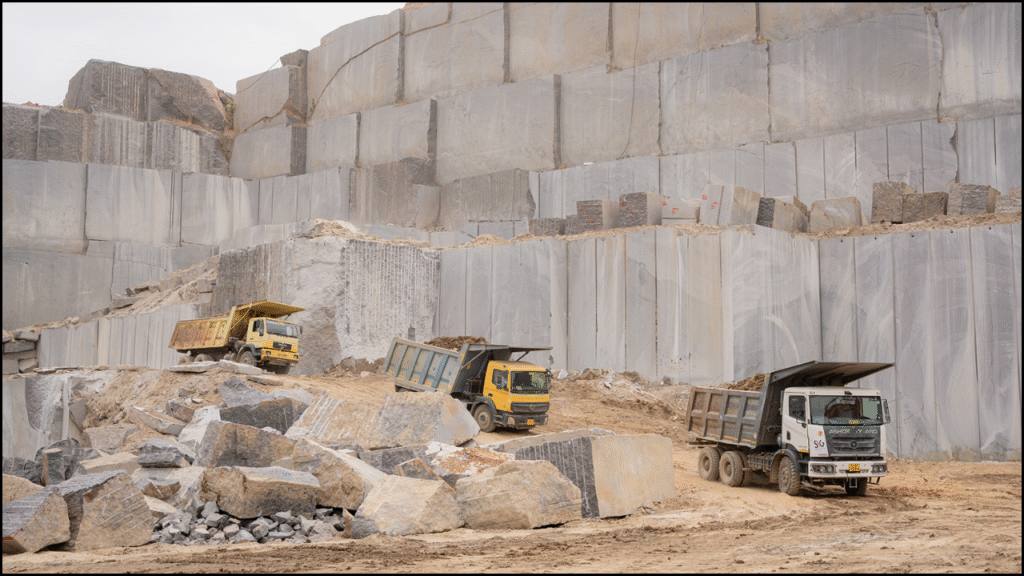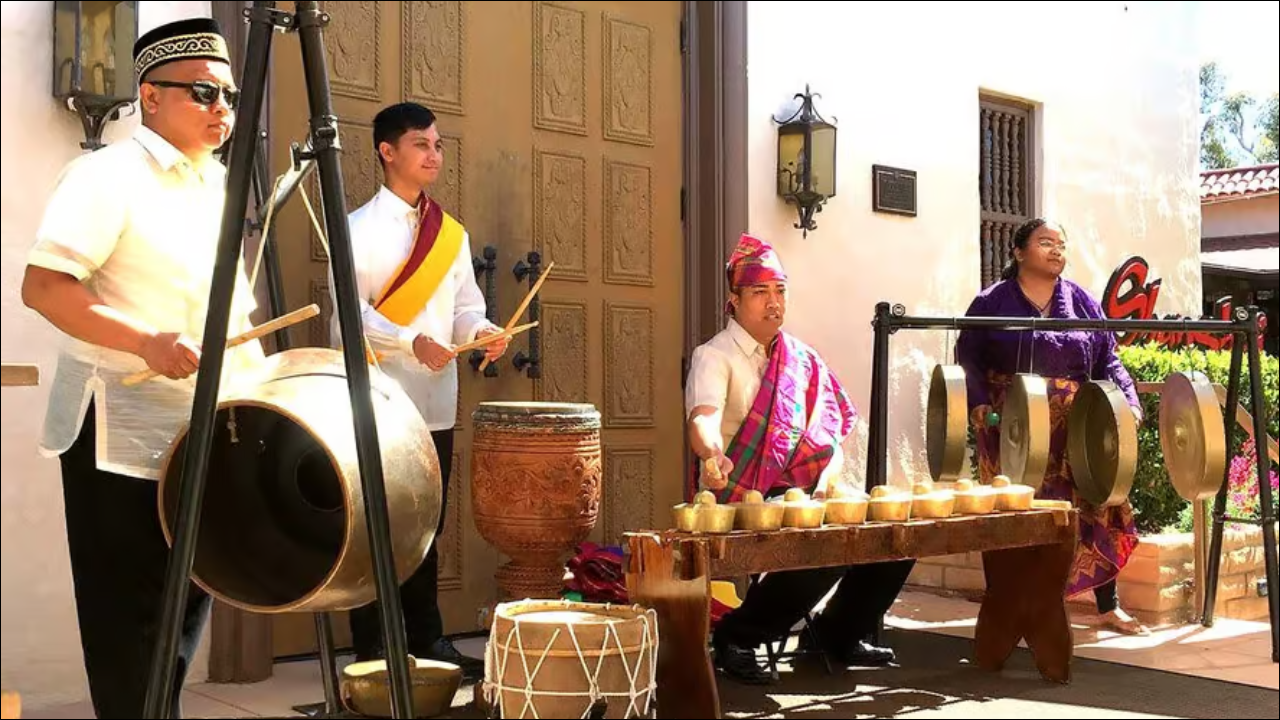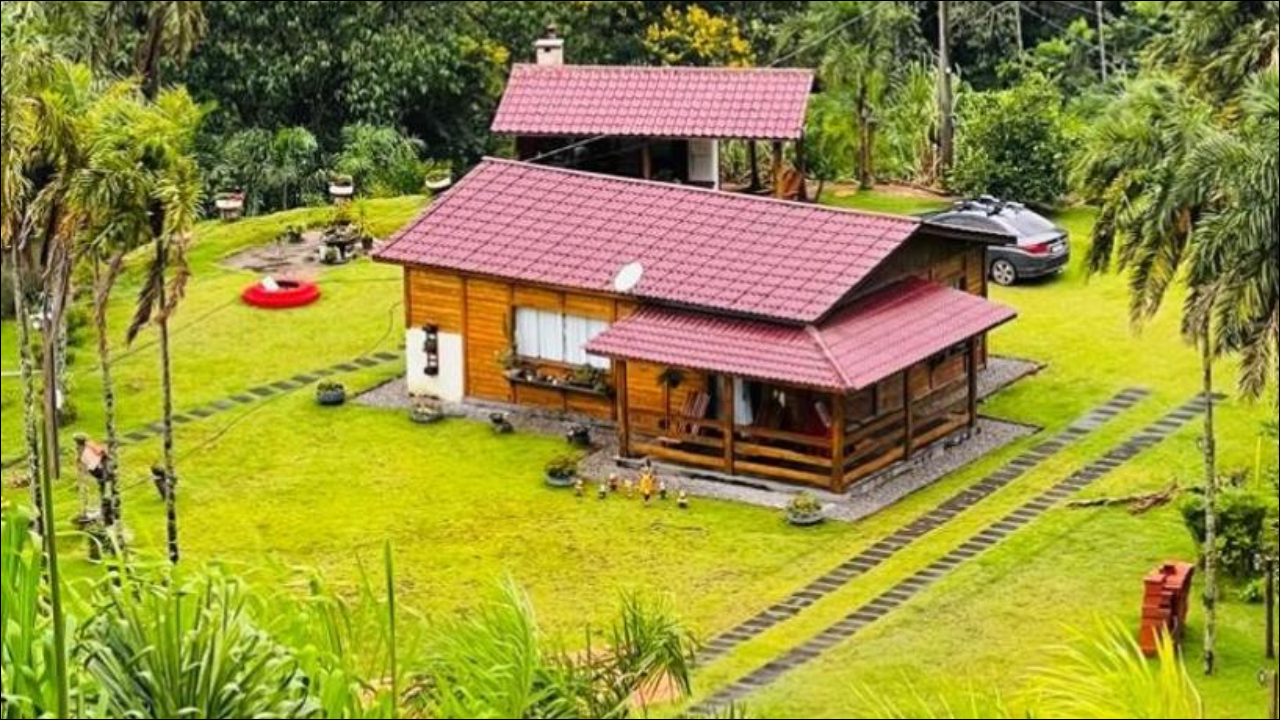
Cachoeiro de Itapemirim, often called the “Marble Capital of Brazil,” is known for its thriving granite and marble industry. Yet, beyond the quarries and factories lies an invisible treasure—the intangible heritage of the people who shape stone into art. Their skills, rituals, and shared culture form a living language of craftsmanship that has been passed down through generations. These unspoken traditions, from the nicknames workers give their tools to the rhythmic teamwork in the polishing sheds, reveal a deep bond between humans and stone that deserves recognition and preservation.
Table of Contents
A City Built on Stone and Skill
For over a century, Cachoeiro’s marble and granite industry has defined the city’s identity. Families have worked side by side in quarries, sawmills, and polishing shops, learning not from textbooks but through observation, patience, and hands-on practice. Many older artisans recall how they began as apprentices, sweeping stone dust before being trusted to handle tools.
This gradual learning process is an essential part of the trade’s heritage. Experienced workers know how to “read” a block of granite—the sound it makes under a hammer, the texture that predicts where it will split cleanly. Such knowledge cannot be measured by machines; it comes only from years of practice and an intuitive understanding of the material.
The Unwritten Rules of the Workshop
Every workshop in Cachoeiro has its own unwritten codes of conduct. Workers often share a language of gestures, nicknames, and jokes that help them coordinate tasks without words. In some factories, morning rituals begin with the sharpening of tools followed by short bursts of conversation over coffee, where plans for the day are discussed.
Many of these traditions reflect mutual respect and solidarity. Younger workers address older ones by affectionate titles such as “Mestre” or “Tio,” acknowledging their experience. Some workshops even have songs or rhythmic chants that accompany repetitive tasks like stone polishing, turning labor into a kind of music that unites the team.
Tools that Tell Stories
The tools of the trade carry their own legacy. Old chisels, hammers, and measuring sticks are often passed down through families, each one shaped by the hands that used them. Some tools have nicknames—such as “A Cantora” (the Singer) for a hammer with a distinctive ringing tone, or “A Fiel” (the Faithful) for a chisel that never breaks.
These objects are more than instruments; they are extensions of the worker’s identity. Over time, they accumulate stories and emotional value. Many craftsmen still prefer their old handmade tools over modern equipment, saying that “the tool knows the hand.” Such connections between person and instrument form a key part of Cachoeiro’s intangible cultural fabric.
Workplace Rituals and Bonds
Life in the quarries and workshops is built on trust and cooperation. Workers rely on one another to move massive stones safely, often using coordinated shouts and signals to avoid accidents. During lunch breaks, it’s common for teams to share meals, stories, and laughter, reinforcing a sense of family within the workplace.
Celebrations also play a role in preserving community spirit. On certain feast days, such as the festival of Saint Joseph—the patron saint of workers—craftsmen gather to bless their tools and offer prayers for safety. These humble ceremonies reflect pride in their labor and gratitude for the skills that sustain their families.
Challenges of Modernization
As technology advances, traditional craftsmanship faces new challenges. Automated cutting and polishing machines have reduced the need for manual expertise, and younger generations are often drawn to other professions. Many veterans of the trade worry that the “human touch” that once defined the marble industry is fading.
However, there is a growing recognition that the intangible aspects of this work—knowledge sharing, craft techniques, and cultural rituals—are vital to Cachoeiro’s identity. Efforts to document oral histories, record work songs, and teach traditional skills in vocational schools are helping to bridge the gap between past and future.
Preserving a Living Heritage
Recognizing these skills as part of Cachoeiro’s intangible heritage gives value not only to the products but also to the people behind them. Cultural institutions and local initiatives are beginning to treat these practices as part of the city’s cultural legacy, worthy of preservation just like its architecture or monuments.
The granite and marble industry of Cachoeiro is not merely an economic force—it is a story of human creativity, endurance, and community. The workers’ shared wisdom, rituals, and relationships with stone form an invisible yet powerful foundation for the city’s pride. Protecting this living heritage ensures that the voices of its craftsmen will continue to echo through every polished slab and carved sculpture for generations to come.
FAQs
Q1: What makes Cachoeiro de Itapemirim’s granite industry unique?
It combines advanced stone production with deep-rooted craftsmanship and cultural traditions passed down through generations.
Q2: Why is the workers’ craft considered intangible heritage?
Because it includes skills, knowledge, and rituals that exist beyond physical products, representing living cultural practices.
Q3: How can this heritage be preserved for the future?
By documenting oral histories, supporting craft education, and recognizing traditional skills as part of Cachoeiro’s cultural identity.





